The term “humanoid” is hitting everyone’s feed. The arrival of humanoid robots—yes, those human-like machines—is getting a mixed bag of reactions from the public. But that isn’t stopping the tech giants from pouring serious cash into these futuristic contraptions.
Take Figure AI, for instance. This $2.6 billion robotics startup has big-name backers like Microsoft, OpenAI, and Nvidia. Meanwhile, Tesla has already rolled out its Optimus robot on the factory floor. According to Goldman Sachs, humanoid robot sales could hit a staggering $38 billion globally by 2035, even though the “viability of such machines hasn’t been proven yet.”
In this blog post, we’ll dive into what these robots are all about, explore their applications, break down the tech behind them, and check out the latest developments in this exciting field.
What Is a Humanoid?
A humanoid is something that has distinctly human characteristics or adaptations. It could mean everything from opposable thumbs and binocular vision to the ability to walk upright on heels and metatarsals. These can involve human-animal hybrids, or chimeras, where the genetic contents are partly human and partly animal in nature.
A humanoid robot is, therefore, a robot designed in the general structure of a human, with two legs, two arms, and a head. It, however, does not need resemblances to be convincingly human-like in appearance.
Human like robots have traditionally been a source of interest in science fiction and have recently also widely received attention in business industries, particularly industrial robotics.
What Are the Technologies Behind Humanoids?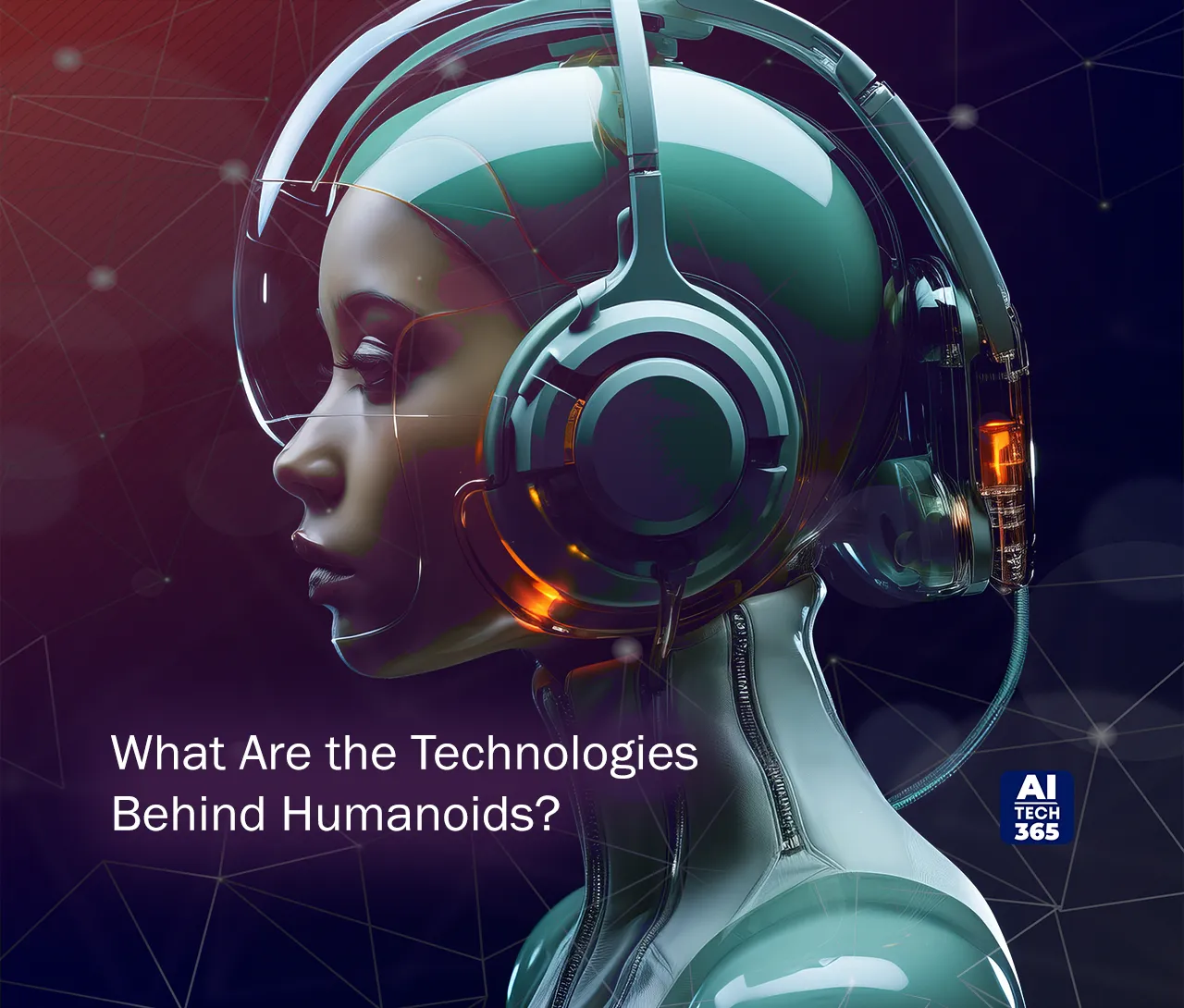
Humanoid robots are like the cool kids of the robot world. They use fancy technologies to mimic human traits and do human-like tasks. They have super sensors that can see, feel, and touch stuff. These sensors help them understand their surroundings and interact with objects and people just like we do.
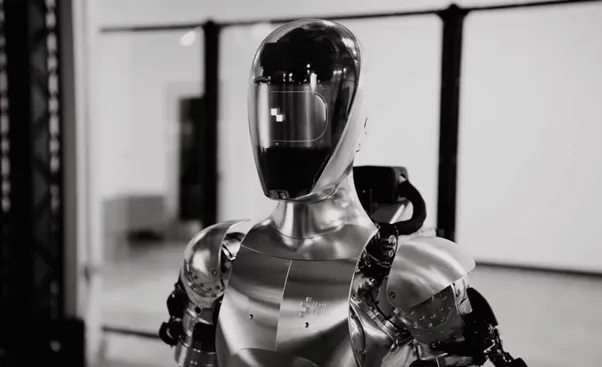 But it’s not just about looks and movements. Humanoid robots also have brains (kind of). They use advanced artificial intelligence (AI) to understand what we say, recognize faces and objects, and even learn from their experiences.
But it’s not just about looks and movements. Humanoid robots also have brains (kind of). They use advanced artificial intelligence (AI) to understand what we say, recognize faces and objects, and even learn from their experiences.
And with computer vision technology, they can see things just like we do. They can recognize objects, faces, and even interpret our gestures. It’s like having a robot friend who understands you!
But wait, there’s more!
Human like robots also have cool mechanical designs. They’re built with special materials and clever joint mechanisms that make them move just like real humans. They have motors and algorithms that coordinate their movements, so they can walk, dance, and do all sorts of human-like actions.
Applications of Humanoid Robots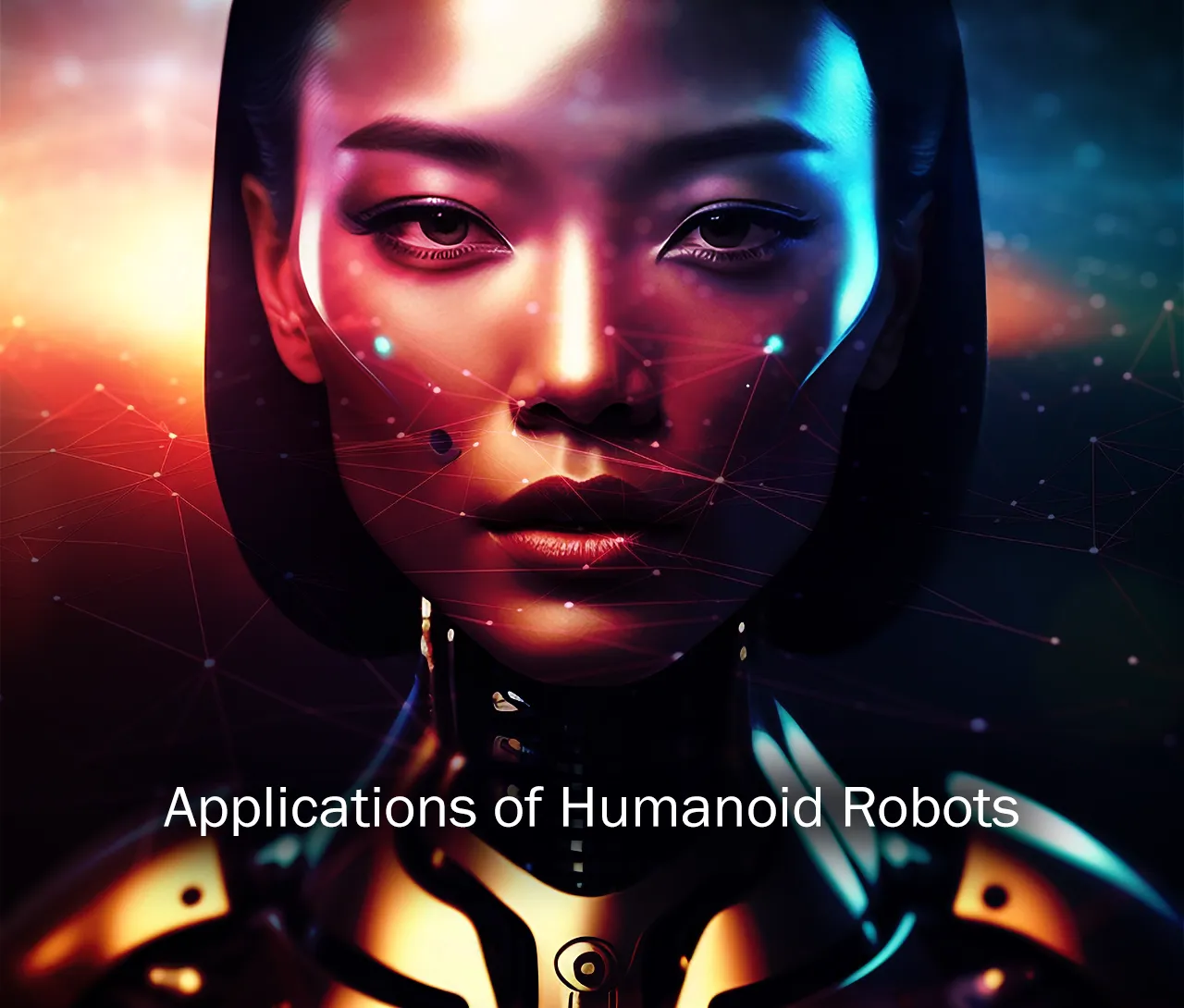
Here’s a look at where these robots are making their mark:
Banking
Humanoid robots like Softbank’s Pepper are being used in banking sector. In order to help tailor responses and more effectively meet needs, Pepper collects information during discussions by learning people’s tastes, personalities, preferences, and behaviors.
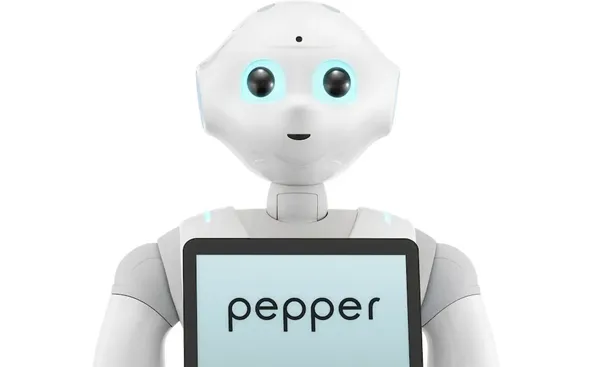 Pepper also gathers fresh data to assist you in comprehending your clients and your company.
Pepper also gathers fresh data to assist you in comprehending your clients and your company.
Education
North Korea has recently acquired a Russian robot to modernize its education system, confirmed by the Russia-based company Promobot. An expert has raised concerns that such a transfer could potentially breach international sanctions.
The robot in question is the Promobot V.2, a discontinued model designed to assist educators in conducting classes and evaluating students’ performances.
Also Read: What Is AI in Contract Management & How It Helps to Avoid Costly Mistakes?
Exploration
The OceanOne robot from Stanford Robotics Lab is a prime example of how humanoid robots can be used for underwater exploration.
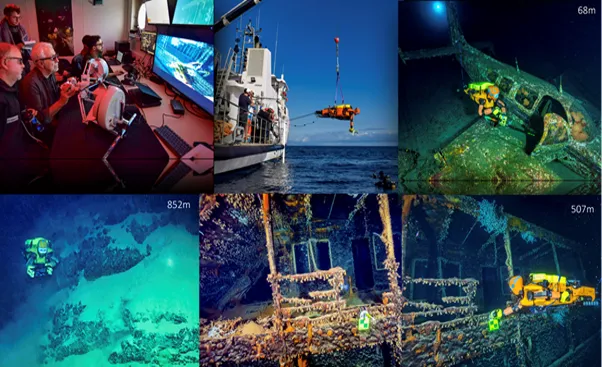 Equipped with haptic feedback and AI, OceanOne has explored shipwrecks and other underwater sites, showcasing the potential for robots in dangerous or inaccessible environments.
Equipped with haptic feedback and AI, OceanOne has explored shipwrecks and other underwater sites, showcasing the potential for robots in dangerous or inaccessible environments.
Space
NASA’s Robonaut 2, developed with General Motors, has been used on the International Space Station to assist with maintenance and other tasks.
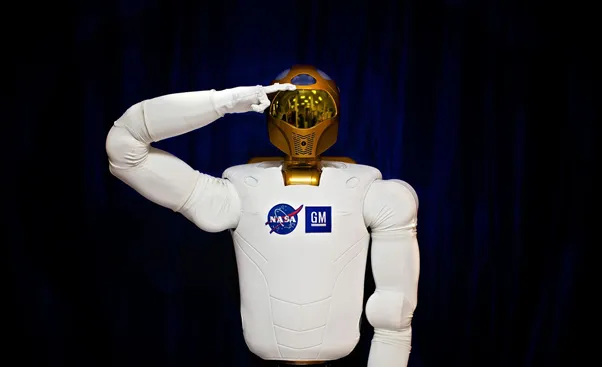 This demonstrates the ability of humanoid robots to work alongside humans in extreme conditions.
This demonstrates the ability of humanoid robots to work alongside humans in extreme conditions.
Industrial Automation
In factories, humanoid robots can perform repetitive and physically demanding tasks, reducing the strain on human workers. Nvidia’s GR00T system helps robots train themselves, further improving their efficiency and adaptability in industrial settings.
Entertainment and Social Interaction
Hanson Robotics’ Sophia is one of the most well-known humanoid robots. Sophia has appeared on TV shows, addressed the United Nations, and even graced the cover of magazines.
 Her ability to process visual, emotional, and conversational data allows for rich human-robot interactions, highlighting the potential for robots in entertainment and social roles.
Her ability to process visual, emotional, and conversational data allows for rich human-robot interactions, highlighting the potential for robots in entertainment and social roles.
Are Humanoids Ready For the Sbotlight?
As interesting as this field sounds, its real-life applications are still being studied.
With the release of Optimus, a humanoid robot by Tesla, Musk believes each person will have atleast two robots. He also gave bold statements claiming Optimus robots could make Tesla, a 25 trillion dollar company.
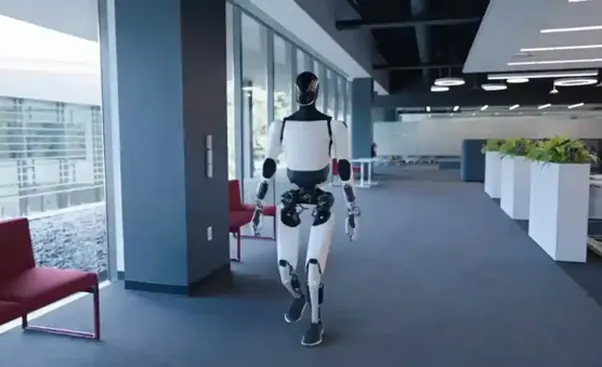 Well, some of you might roll your eyes at such claims, but you can’t disregard the fact that maybe future is robotics. I mean, the very fact that we use AI tools like ChatGPT, Grok AI, etc to do simple tasks is evident enough.
Well, some of you might roll your eyes at such claims, but you can’t disregard the fact that maybe future is robotics. I mean, the very fact that we use AI tools like ChatGPT, Grok AI, etc to do simple tasks is evident enough.
Ben, a tech worker states that he used ChatGPT to do 80% of his job. Not to mention, the tremendous amount of growth anticipated for this market.
Another interesting bot around the corner is Figure’s robot, for example—on the surface, it seems like any other humanoid bot out there. But when you throw ChatGPT into the mix, things start looking straight out of a sci-fi movie.
But that is not all, Ex-Robots, a company based in China’s northeastern city of Dalian, created Xiaoqi. Xiaoqi has been stealing the show at the 2024 World Intelligence Expo, running from Thursday to Sunday in north China’s Tianjin Municipality.
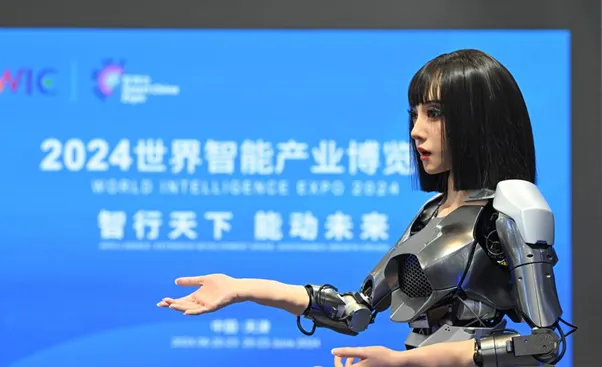 “Currently, we produce 400 to 500 robots per year,” said Qu Yan, head of media relations at Ex-Robots. “Our company focuses on designing more human-like robots, enhancing their facial expressions and their ability to foster emotional connections with users. That’s why we call them emotional interaction robots.”
“Currently, we produce 400 to 500 robots per year,” said Qu Yan, head of media relations at Ex-Robots. “Our company focuses on designing more human-like robots, enhancing their facial expressions and their ability to foster emotional connections with users. That’s why we call them emotional interaction robots.”
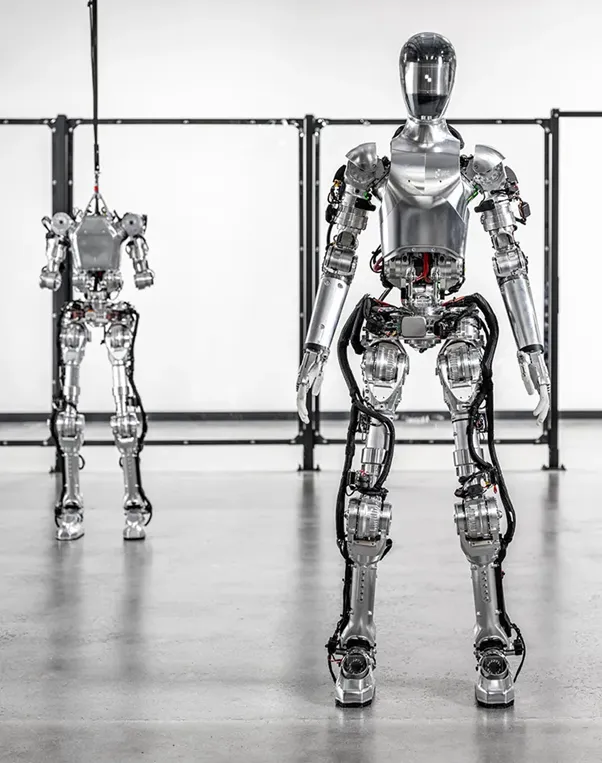 Of course, let’s not get too carried away by the demo. Chatbots have this knack for appearing all polished and functional, but the reality can be pretty bumpy. Still, as a proof of concept, it’s clear AI is carving out a spot in the humanoid robot scene.
Of course, let’s not get too carried away by the demo. Chatbots have this knack for appearing all polished and functional, but the reality can be pretty bumpy. Still, as a proof of concept, it’s clear AI is carving out a spot in the humanoid robot scene.
Figure company managed to raise $675 million for its humanoid robot development. Now nobody is gonna give that much for a mere concept, right?
Bot-tom Line
The buzz around humanoid robots isn’t just about Tesla and AI. Companies like Boston Dynamics and OpenAI are also fueling the excitement. Nvidia is chipping in with systems like GR00T to help robots train themselves, and OpenAI is diving into the robotics game, even posting job openings.
While it’s tricky to forecast where all this attention will lead, history shows that money and hype often drive progress. We might soon find ourselves in a world where robots handle our daily tasks, lending a hand in ways that seem straight out of a sci-fi flick.


